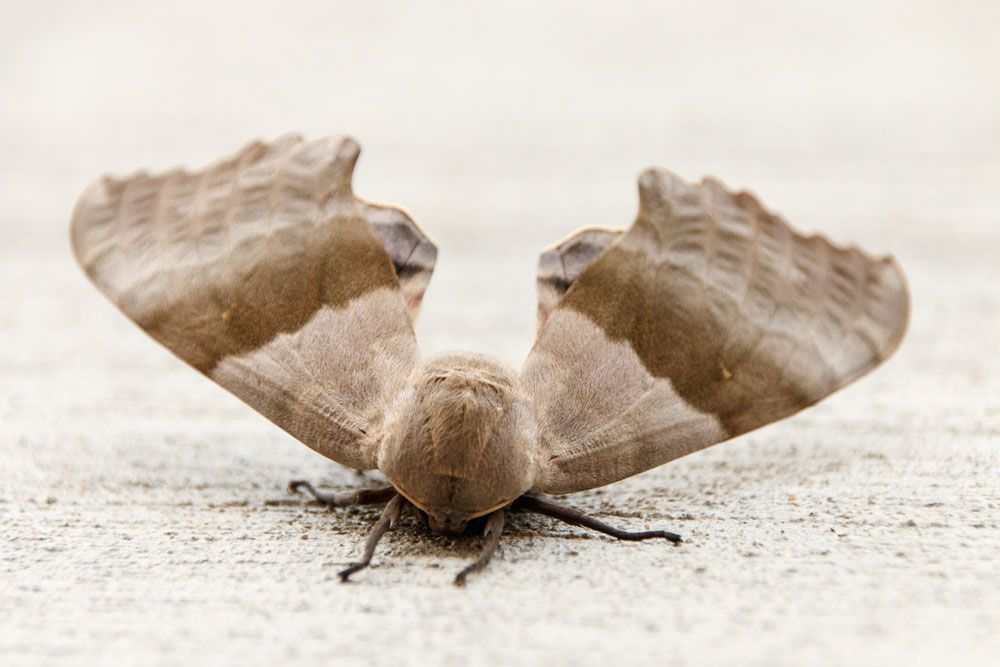
Big Poplar Sphinx – Pachysphinx occidentalis
Big Poplar Sphinx
Scientific Name: Pachysphinx occidentalis
Common Name: Big poplar sphinx, western poplar sphinx
Appearance: Big poplar sphinx is a massive moth with a wingspan of 150 to 300mm. It has a brown or grey, furry body with distinct lines and patterns all over. On the centre of the wing, there is a curved margin. It may also have some dark red patches on the upper side of the body. The larva is caterpillar-like and green in colour, with a horn-like extension at its rear end.
Host Plants or Food: Big poplar sphinx usually feeds on poplar, willow, and cottonwood during the larval stage. The adults do not feed and survive on reserve food from their larval stage.
Territory: Throughout North America, Western USA, and Eastern USA.
Mode of Damage: Since it only feeds as a caterpillar, it has to store food for the adult stage as well. The caterpillar-like larva is a leaf chewer and actively feeds on the foliage.
Habits and Life History:
Big poplar sphinx is mainly found in woodland with abundant willow and poplar trees.
The males are slightly smaller than the females, and both males and females are attracted to light sources.
Female moths lay eggs in clusters on the leaves, where it gives rise to the larvae.
The larvae drop to the ground and burrow deep underground to pupate in a cocoon made of soil particles.
It may produce one or two generations per year.
